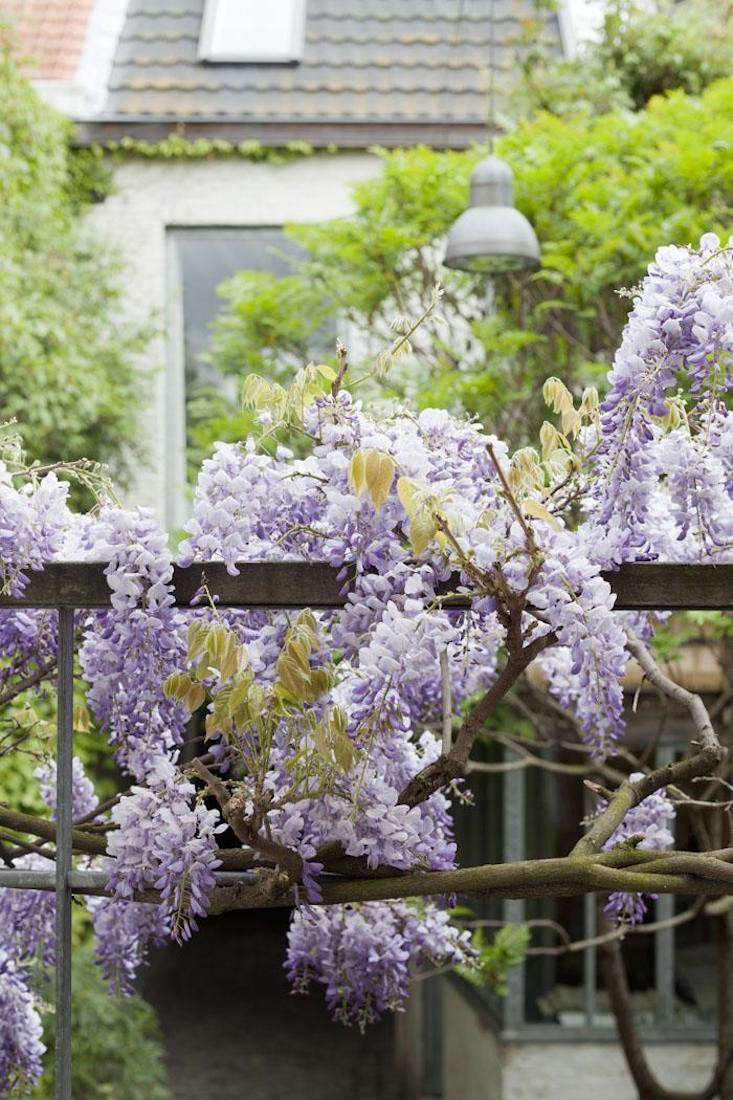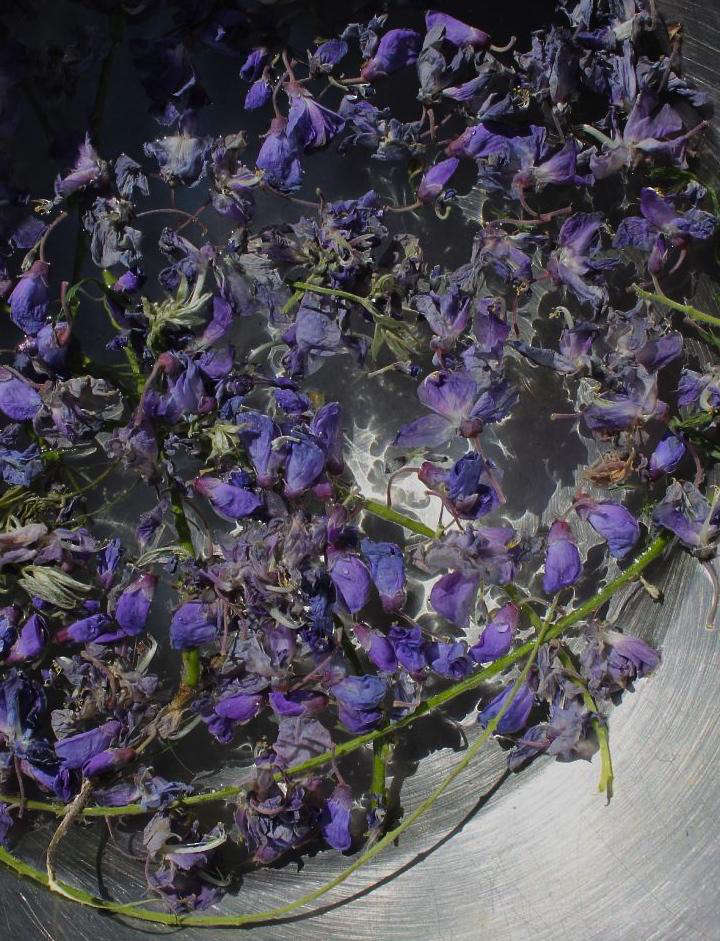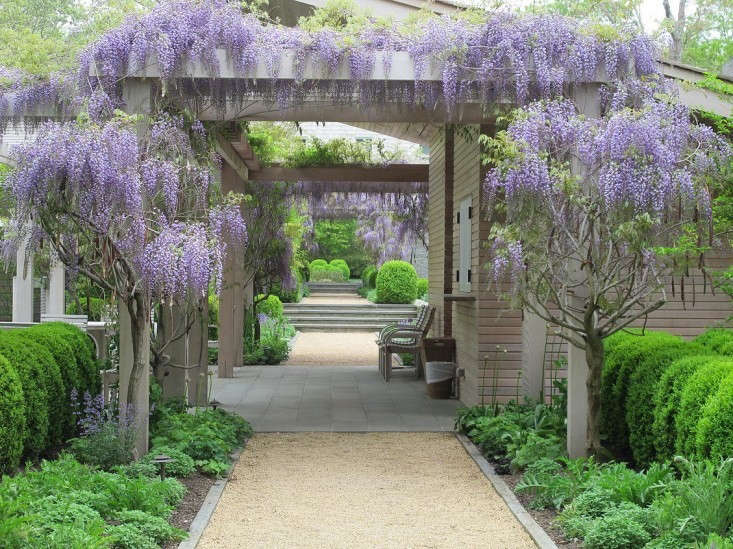The charms of wisteria are almost impossible to resist. Lounging languorously over a fence or pergola, the perennial flowering vine will beckon to you with her heady perfume. Before you know it, her nodding, pendulous blooms have hypnotized you. Soon you are rushing to the nearest garden center, determined to own her, but be warned. This climber has a mind of her own.
Welcome to Throwback Sundays: Readers’ Favorite Posts from the Past
You are not the first to succumb. Marco Polo was an early conquest. He brought wisteria seeds out of China in the 13th century. But you would be wise to take the time to get to know this beauty before you commit to her. Like a Jezebel, she will steal your heart and then, after you are weakened and besotted with love, she will set about to dominate your garden and, if possible, your house. Take this caveat to heart: She is fully capable of attempting to murder your other plants.
Read on for tips to grow and care for wisteria without letting it take over your garden (or your life).
Wisteria on a Balcony

Wisteria’s background is actually quite innocent. Wisteria is a genus of about 10 species of woody, deciduous twining vines. Eight are Asian and include W. floribunda from Japan, and W. senensis from China. W. frutescens, the often less fragrant and floriferous American type, is a native vine and often recommended as an alternative to the Asian varieties which are on the USDA list of invasive plants.
Wisteria on a Pergola

Wisteria owes its ability to twine readily around a support to the fact that it is a member of the Fabaceae or legume family. Along with its gorgeous flowers, this vine produces large seed pods. In the early 1800s, collectors imported seed from China and Japan to the US and Britain. However, plants grown from the seed produced disappointing flowers. When plant collectors later brought home cuttings made from layering or grafting, the plant thrived and bloomed abundantly like its predecessors in Asia.
Wisteria on a Railing

If you have plenty of sun, lots of room and a very sturdy support, this is not a difficult plant to grow. It is hardy to zone 5 and likes good drainage and a slightly alkaline soil. It thrives in a spot protected from strong winds and needs plenty of water when it is in bloom. Avoid feeding with high-nitrogen fertilizer as legumes fix their own nitrogen and adding more will reduce flowering.
Wisteria at Brooklyn Botanic Garden

Plan to enjoy your wisteria for a long time. Plants in China have been known to live 250 years. And here in Brooklyn, the vines in the Cranford Rose Garden at the Brooklyn Botanic Garden are thought to be about 100 years old. A glance at their massive, gnarled woody trunks would seem to prove that point.
Buy yourself a heavy duty pair of pruning shears because, if you do plant this climber, you will need to become a virtuoso pruner.
Wisteria Fabric Dye

See a simple technique to dye fabric at DIY: Make a Natural Dye from Wisteria.
Wisteria Floral Arrangement

What to do with an armload of wisteria vines? We tamed them with clippers, an X-Acto knife, and a vase from Ikea.

See more tips and design ideas for growing wisteria in Wisteria: A Field Guide to Planting, Care & Design, and discover more of our favorite (and perhaps better behaved) plants in Vines & Climbers 101, including Creeping Fig 101 and Bougainvillea 101. For more flowering vines we love, see:
- What to Grow on a Brick Wall.
- DIY: Train a Wisteria Vine Not to Eat the House.
- 9 Ways to Create Curb Appeal with Flowering Vines and Climbers.
Finally, get more ideas on how to successfully plant, grow, and care for wisteria with our Wisteria: A Field Guide.
Finally, get more ideas on how to plant, grow, and care for various vines and climbers with our Vines & Climbers: A Field Guide.












Have a Question or Comment About This Post?
Join the conversation (21)